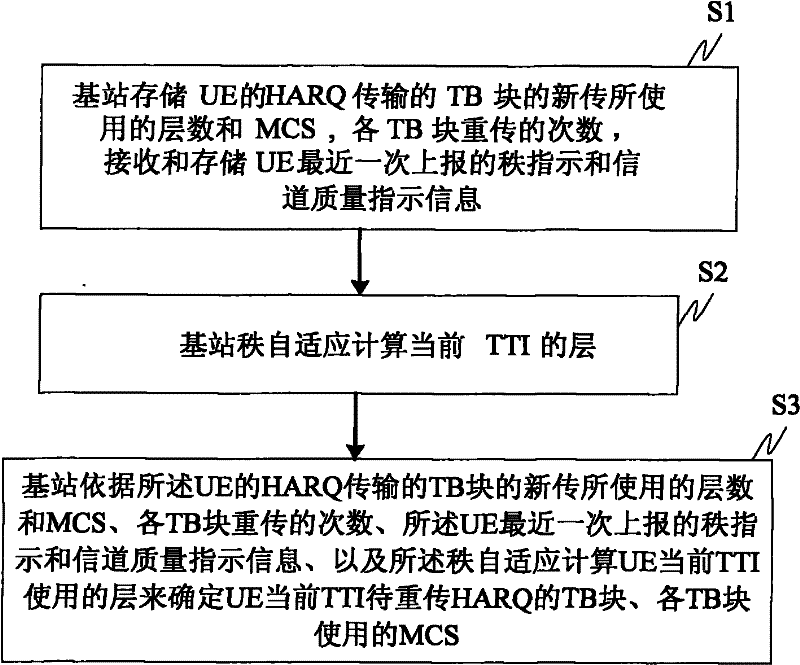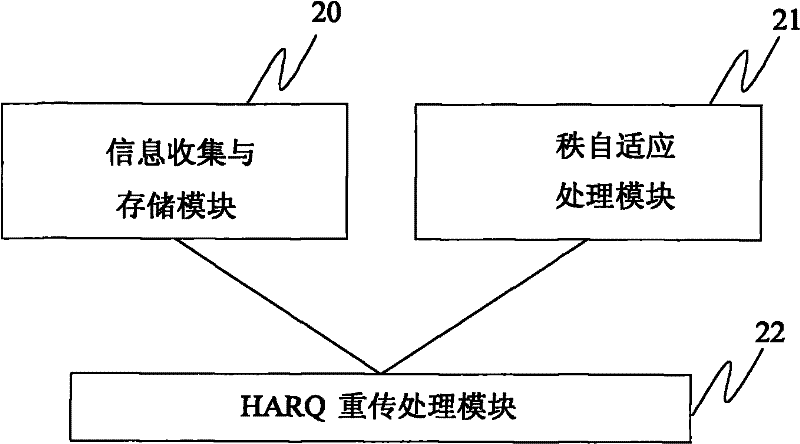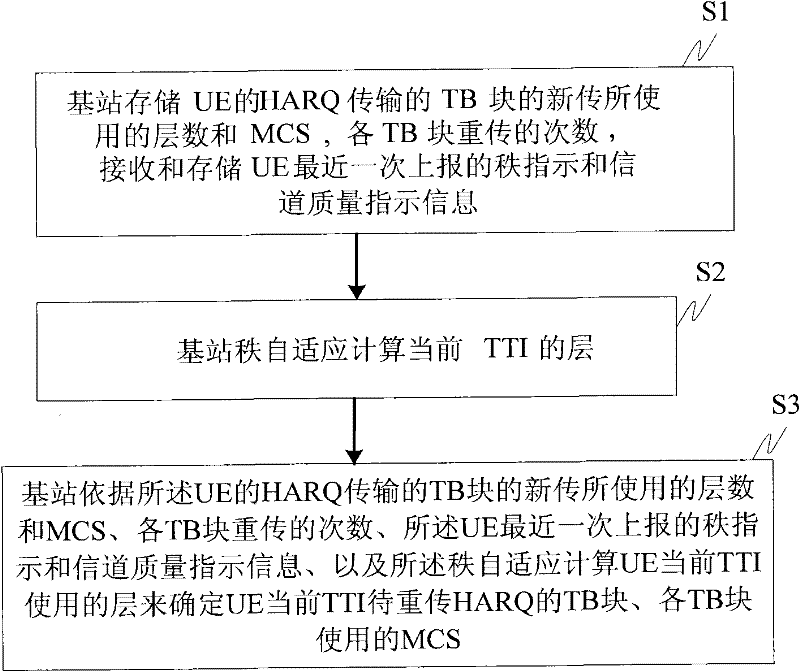Method and device for processing HARQ (Hybrid Automatic Repeat Request) in spatial multiplexing mode
A technology of spatial multiplexing and processing methods, applied in transmission systems, adjusting transmission rates, digital transmission systems, etc., can solve problems such as increased TB block delay, TB block retransmission, and insufficient use of MIMO channel capacity, etc., to achieve The effect of improving utilization and reducing retransmission delay
Active Publication Date: 2011-11-09
ZTE CORP
View PDF4 Cites 10 Cited by
- Summary
- Abstract
- Description
- Claims
- Application Information
AI Technical Summary
Problems solved by technology
This processing may lead to the following two problems: Problem 1: When the SINR (Signal to Interference plus Noise Ratio, Signal to Interference plus Noise Ratio) required by the retransmitted TB block is smaller than the SINR of
Method used
the structure of the environmentally friendly knitted fabric provided by the present invention; figure 2 Flow chart of the yarn wrapping machine for environmentally friendly knitted fabrics and storage devices; image 3 Is the parameter map of the yarn covering machine
View moreImage
Smart Image Click on the blue labels to locate them in the text.
Smart ImageViewing Examples
Examples
Experimental program
Comparison scheme
Effect test
 Login to View More
Login to View More PUM
 Login to View More
Login to View More Abstract
The invention provides a method and device for processing an HARQ (Hybrid Automatic Repeat Request) in a spatial multiplexing mode. The method comprises the following steps of: storing layer number and modulation and coding scheme (MCS) parameters used by new transmission of a transport block (TB) for HARQ transmission of user equipment (UE) as well as the retransmission times of each TB, and receiving and storing rank indication and channel quality indication information latterly reported by the UE by a base station; performing rank self-adaptive processing by the base station to obtain a layer used at a current transmission time interval (TTI) of the UE; and determining the TB of the HARQ waiting to be retransmitted at the current TTI of the UE and the MCS used by each TB according to the layer number and the MCS parameters used by new transmission of the TB transmitted by the HARQ of the UE, the retransmission times of each TB, the rank indication and channel quality indication information latterly reported by the UE and the layer used at the current TTI of the UE, obtained by rank self-adaptive processing. According to the method and the device, the retransmission time delay of the TB can be shortened.
Description
technical field [0001] The present invention relates to the communication field, in particular to a HARQ retransmission processing method and device in a spatial multiplexing mode. Background technique [0002] MIMO (Multi-input Multi-output, multiple input multiple output) is the use of multiple (N T ) transmit antenna and multiple (N R ) The wireless transmission technology of the receiving antenna, which can effectively improve the capacity of the wireless network and the transmission performance of the link. by N T Launch and N R The MIMO channel formed by the receiving antennas (using the matrix Indicates) can be decomposed into N S Independent channels, in the LTE (Long Term Evolution, long-term evolution) system, called Rank (rank) on the UE (User Equipment, user equipment) side, called Layer (layer) on the network side, and N S ≤min{N T , N R}. [0003] There are two main ways to realize MIMO technology: space diversity and space multiplexing. In the LTE s...
Claims
the structure of the environmentally friendly knitted fabric provided by the present invention; figure 2 Flow chart of the yarn wrapping machine for environmentally friendly knitted fabrics and storage devices; image 3 Is the parameter map of the yarn covering machine
Login to View More Application Information
Patent Timeline
 Login to View More
Login to View More IPC IPC(8): H04L1/18
CPCH04L1/1887H04L1/0003H04L1/0009H04L1/0026
Inventor 谭源春李宪玺
Owner ZTE CORP
Features
- R&D
- Intellectual Property
- Life Sciences
- Materials
- Tech Scout
Why Patsnap Eureka
- Unparalleled Data Quality
- Higher Quality Content
- 60% Fewer Hallucinations
Social media
Patsnap Eureka Blog
Learn More Browse by: Latest US Patents, China's latest patents, Technical Efficacy Thesaurus, Application Domain, Technology Topic, Popular Technical Reports.
© 2025 PatSnap. All rights reserved.Legal|Privacy policy|Modern Slavery Act Transparency Statement|Sitemap|About US| Contact US: help@patsnap.com



